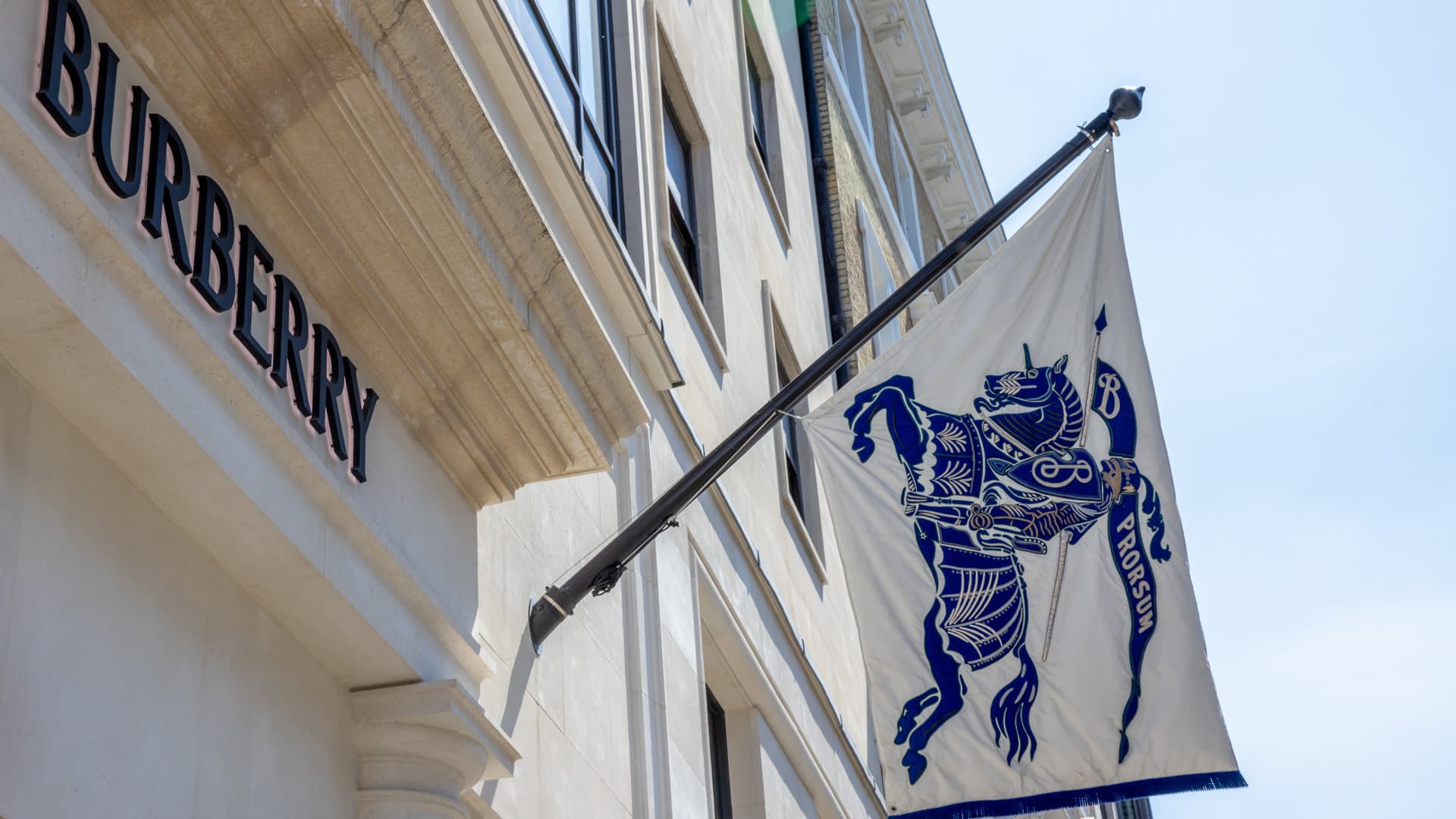Burberry’s Bold Moves: Can New Strategies Revive Slumping Sales?
British luxury fashion house Burberry faces mounting pressure as sales decline for four consecutive quarters, prompting CEO Jonathan Akeroyd to unveil an aggressive turnaround plan. The 168-year-old brand, known for its iconic trench coats and check patterns, reported a 12% drop in comparable store sales for Q1 2024 amid weakening global demand for luxury goods. Industry analysts now question whether Burberry’s new creative direction, digital investments, and product revamp can restore its premium positioning against rivals like Gucci and Louis Vuitton.
The Depth of Burberry’s Challenges
Burberry’s struggles reflect broader headwinds in the luxury sector, but its performance lags behind competitors. Recent financial disclosures reveal:
- Retail revenue fell to £2.97 billion in fiscal 2024, down from £3.09 billion the previous year
- Asia-Pacific sales dropped 19%, with China—Burberry’s growth engine—declining 23%
- The brand’s operating margin shrank to 15.6% from 20.5% two years prior
“Burberry finds itself caught between aspirational shoppers trading down and ultra-high-net-worth clients migrating to more exclusive brands,” explains luxury retail analyst Claudia D’Arpizio of Bernstein. “Their classic British aesthetic no longer commands the premium it once did among younger consumers.”
Radical Rebranding Under New Creative Leadership
Daniel Lee, the designer credited with Bottega Veneta’s resurgence, took Burberry’s creative reins in September 2022 with a mandate to modernize the brand. His debut collections introduced bold changes:
- A redesigned logo featuring midnight blue and “British racing green” accents
- Contemporary reinterpretations of heritage pieces like the Kensington trench
- Expanded leather goods line with artisanal detailing
“We’re respecting Burberry’s DNA while making it relevant for today’s luxury consumer,” Lee stated during London Fashion Week. Early signs suggest the approach resonates—the new Knight bag sold out within weeks of launch, though analysts note it represents less than 5% of total accessories sales.
Strategic Shifts to Regain Market Position
Beyond product redesigns, Burberry’s management has implemented sweeping operational changes:
1. Elevating Brand Exclusivity
The company reduced markdowns by 40% in 2023 and exited underperforming wholesale accounts, sacrificing short-term sales for long-term brand equity. “You can’t be both ubiquitous and exclusive,” notes retail strategist Mario Ortelli. “This correction was overdue.”
2. Digital-First Customer Engagement
Burberry allocated £180 million to upgrade its e-commerce platform and launched an AR virtual try-on feature that boosted online conversion rates by 27%. The brand now generates 22% of sales through digital channels, up from 15% pre-pandemic.
3. Experiential Retail Reinvention
Flagship stores in London, Shanghai, and Tokyo now incorporate immersive elements like in-store cafes and customization ateliers. The Regent Street location saw foot traffic increase 35% post-renovation.
Market Skepticism and Competitive Pressures
Despite these initiatives, some investors remain unconvinced. “Burberry’s turnaround timeline appears overly optimistic given macroeconomic conditions,” says UBS analyst Zuzanna Pusz. She points to:
- LVMH and Kering continuing to dominate leather goods—a key profit driver
- Emerging Chinese competitors like Shang Xia gaining traction
- Persistent inflation squeezing middle-tier luxury spenders
The brand’s share price has declined 18% year-to-date, underperforming the STOXX Europe Luxury 10 Index. Activist investor Bluebell Capital Partners recently acquired a stake, signaling potential pressure for faster changes.
The Path Forward: Can Burberry Regain Its Luster?
Industry observers identify three critical benchmarks for Burberry’s success:
- Holiday 2024 Performance: The crucial Q4 period will test consumer reception to Lee’s full collection
- China Recovery: Successful localization strategies must reverse declines in this make-or-break market
- Margin Improvement: Operating margins need to rebound above 18% to fund necessary investments
“This isn’t just about selling more trench coats,” emphasizes Harvard Business School professor Mark Cohen. “Burberry must reestablish itself as a cultural force while delivering commercial results—a balancing act few brands manage successfully.”
As luxury’s “quiet luxury” trend gains momentum, Burberry’s quintessential British understatement could become an asset rather than a liability. However, with Bain & Company projecting global luxury growth to slow to 4-6% in 2024 (down from 8-10% in 2023), the brand faces an uphill battle. The coming months will reveal whether these bold moves represent the beginning of a renaissance or last-ditch efforts before more drastic measures.
For executives navigating similar brand challenges, Burberry’s case offers valuable lessons in balancing heritage with innovation. Subscribe to our luxury retail insights newsletter for ongoing analysis of this developing story.
See more Business Focus Insider Team

